The cans intended to contain food must have the strength and robustness to allow handling, filling and processing, storage and distribution without damage. The most delicate moment of a container is during the sterilization process to which it is subjected once filled and closed. It is in this period where the can to present the necessary mechanical conditions to successfully overcome this treatment.
These mechanical properties can be defined in three concepts:
-1º.- Axial resistance: Resistance to deform when subjected to a higher load.
-2º.- Radial resistance: Resistance to deformation due to the action of an internal vacuum or external pressure.
-3º.- Resistance to deformation: Resistance to internal pressure.
Actually the three are interrelated. The 1st and 2nd in the reverse direction, ie an increase in axial resistance usually generates a decrease in the radial. In the same thickness of metal in a container body, it has greater axial resistance if its configuration is straight. On the contrary it presents greater radial resistance if it is cordoned off. You have to find the point of balance between the two. The normal thing for cans of greater height than their diameter is to resort to corded bodies, since it is possible to reach sufficient values of axial and radial resistance with less thickness of metal than if they were straight. The cans of low height present high radial resistance without the need to cordon.
AXIAL RESISTANCE
The ability to resist a force applied axially on a container is contributed to it by means of its side walls, ie its body-cylinder or any other form, the lid and bottom does not adsorb any of this force. This is evident, since in its normal position the container receives the axial load parallel to its walls.
In the case of a three-piece cylindrical container, although in theory its axial resistance is uniform, in practice this is not the case. In the area of the side seam the resistance is usually greater due to the reinforcement that it supposes. Also slight difference of parallelism between the closing of the bottom and the cover, they do that a determined point of the superior part can undergo more load, generating before a deformation in its vertical. As we have already indicated, the cans of straight body support greater axial effort than those of corded body. Also, the greater the thickness of the body material, the greater its resistance. It is also a function of the diameter of the container, the larger diameter the greater the axial resistance.
There are commercial equipment to measure the axial resistance. All of them are based on the principle of subjecting the container to a higher load, it increases progressively until it is detected that a permanent deformation occurs – a reduction in its height. Its value is measured in Kgrs. Therefore, the axial resistance of a container could be defined as the minimum amount of kilograms it can support vertically without re-sinking.
For guidance purposes, their values can be:
For packaging with a diameter equal to or less than 73 mm: 250 Kg.
For cans with a diameter of 99 mm: 450 “
For cans with a diameter of 153 mm: 650 “
RADIAL RESISTANCE
When the cans are subjected to the sterilization process, the pressure generated inside the autoclave is compensated with the internal pressure originated inside the container, since the product that it contains is dilated by the action of heat. The difference that can be between both pressures is balanced by the radial resistance of the can. In extreme cases, external pressure will cause the container to suck – collapse -. The cooling after the thermal treatment produces a volume reduction of the contained product, which can cause an internal vacuum that will accentuate the sucking.
The resistance to sucking or collapsing a container is given equally by the walls – the body – and the ends – top and bottom – although it is the body that suffers its effects before. Therefore, it is the body that evidences the lack of radial resistance of a container.
The resistance of the walls of the container to the suction is a function of the thickness of the metal used and the shape or profile of the cover – bottom and body (profile of the cords). It is also linked to the diameter and its height.
In the second half of the 20th century, the technique of cordoning cans was introduced, which resulted in a reduction in the thickness of their bodies, maintaining or even increasing their radial resistance. Multiple studies have been carried out to determine for each can format the ideal number of strings, their positioning and their profile. It has been proven that the profile that most influences is the profile. The silhouettes that increase the radial resistance are those with angular configuration and those with the least rounded. But they affect the axial resistance just in the opposite direction. Therefore it is usually going to a cord profile, formed by two straight sides joined by a smooth curve.
The market offers adequate equipment to control the radial resistance. Many times it is possible to acquire equipment that has two differentiated stations to measure both resistances (axial and radial). The principle of operation for the measurement of the radial resistance consists of introducing the container, closed at both ends, in a hermetic chamber and subjecting it progressively to external pressure until a permanent suction-deformation occurs. It is easily detected because the external pressure at that moment suffers a slight decrease when increasing the outer space, it is accompanied by a loud “crash” caused by the collapse of the walls of the container.
Radial resistance measurement equipment
The radial resistance is measured in Kgrs / cm2. A value accepted as good is at least 1.7 Kg / cm2 for cans with a diameter of 99 mm. or minors. This value decreases for larger diameter cans, reducing to below 1 Kgrs / cm2 for 5 Kgrs. (diameter 153)
RESISTANCE TO DEFORMATION
The head space containing traces of water vapor, air or gas, together with the product contained in the container, when subjected to heating in the sterilization process, increase in volume producing an internal overpressure. It has already been commented that a part of it is compensated by the pressure of the autoclave if it is of the closed type, but it is mainly the ends of the container – top and bottom – those in charge of mitigating this pressure increase, deforming towards the outside during the process.
To be able to fulfill this task, the covers and bottoms are designed, incorporating in its central panel, a series of expansion rings and tiers that give them a certain elasticity, in such a way that they allow them to curve towards the outside and return to their Primitive form when the overpressure ceases. This solution allows the thickness of the metal to be reduced significantly to obtain a resistance equivalent to that which would be achieved by a flat lid. It is also necessary to take into account that in the covers it is not possible to use very high metal hardnesses since they would make it difficult to obtain a good closing of the same, for this reason it is not ideal to resort to greatly increase the hardening to increase the resistance to deformation.
It is necessary to insist that it is necessary that the lid return to its initial position when the internal pressure disappears, since the presence of permanently bulged caps are associated with alterations of the can, either of microbiological origin or by gas production due to the attack of the can on the part of its content.
The determination of the resistance to deformation must be done on a container with the lid and bottom placed. It is not representative to do it on covers or loose funds – without closing – since the realization of the closure influences the values of the same. Therefore, in order to evaluate it, it is necessary to take cans closed at both ends and apply air pressure through a hole made halfway up until the permanent deformation occurs. This is detected by the appearance of “peaks” in the panel.
A tool can be prepared for this test from a pump for inflating bicycle wheels, equipped with a flexible hose with a manometer attached to it through a “tee”, finishing said hose with a thin sharp nozzle that allows to drill the body of the container. To achieve sealing, said nozzle must be provided with an outer rubber that presses outside the container wall.
It is difficult to give values for this resistance, depending much on the diameter of the cover, profile of the panel, thickness, tempering, etc. In any case, the funds must support the normal conditions of the process used for the product to be contained.

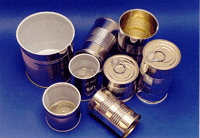


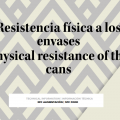
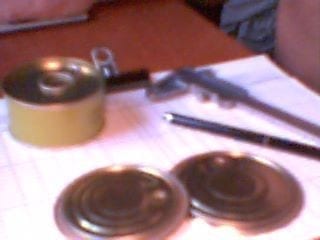
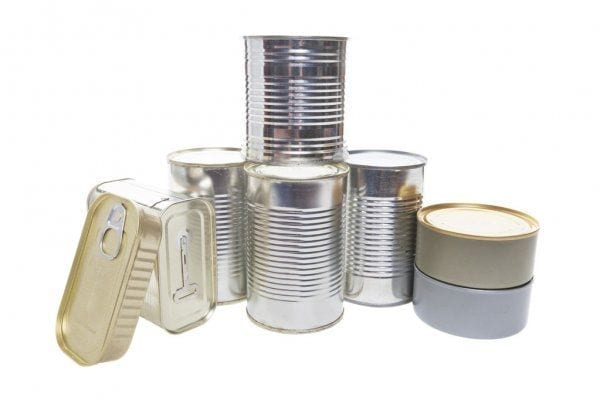
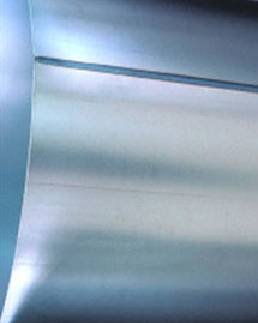
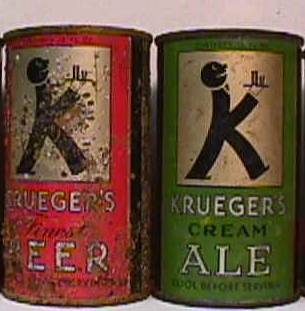
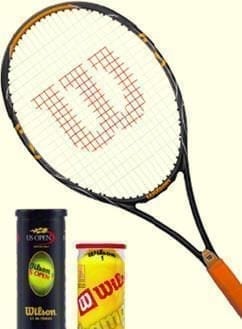
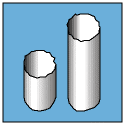
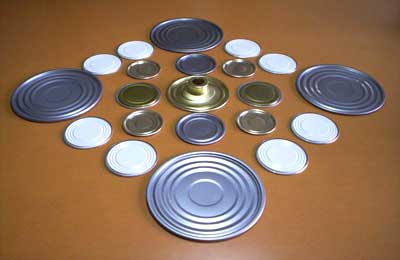
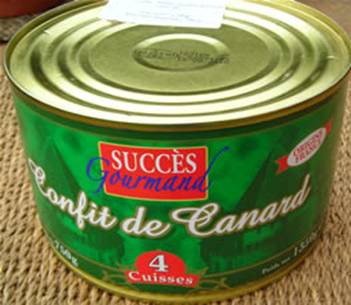



0 Comments